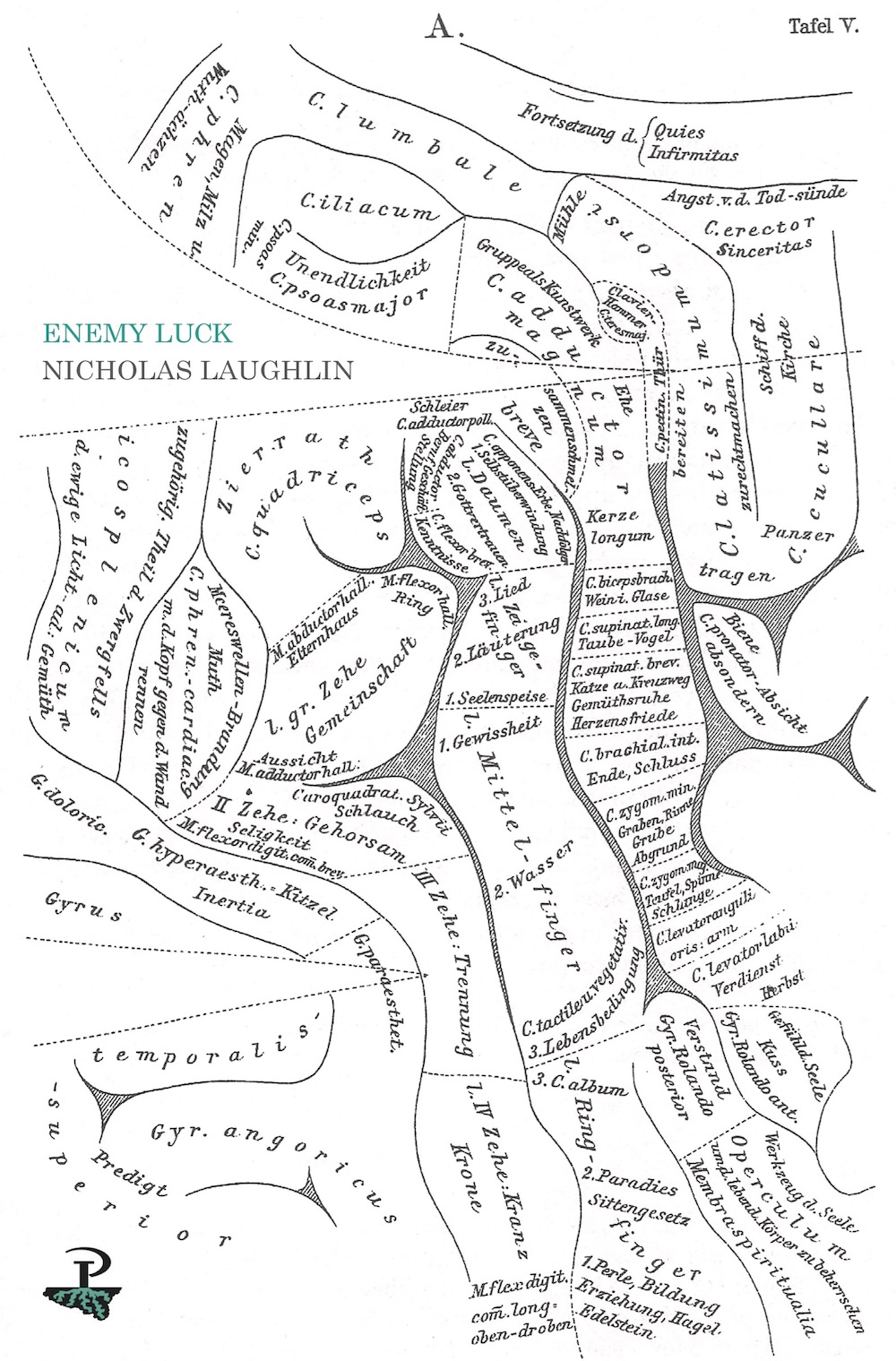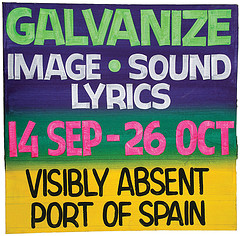Tuesday, April 18, 2006
Imaginary Roads 1:5
Late one afternoon he walked up to the Sea Wall, the long dyke--more than two hundred miles long--that protected Guyana's low-lying coast from the Atlantic flood.
The tide was out, and two groynes built from piled boulders stretched perpendicular to the shore. He climbed out to the end of one of them. The water was shallow, a few inches at most, dirty and foamy. Children were playing on the wide, garbage-strewn mud flats, and some boys were fishing from the other groyne.
Years before he actually saw it, he'd dreamt about this Sea Wall and the mud flats that at low tide ran for hundreds of miles, interrupted only by the mouths of rivers. He'd dreamt he was being chased by someone who in his dream he knew was the Guyanese poet Martin Carter, though the Martin Carter he invented, with white hair like an electric halo, looked nothing like the real Martin Carter who had lived in Lamaha Street not so far from the Sea Wall. In his dream, the dark, wet mud flats gleamed under the moon, and small objects half-sunk in the mud--pebbles, pieces of broken glass--glittered as he ran past.
There was a steady wind off the Atlantic and as the sun set the benches looking over the sea filled with people chatting. Scraps of plastic bags and old clothing fluttered like torn kites among the rocks and the scrub at the foot of the Wall. There were no ships to help him gauge the distance of the horizon.
As he ambled eastwards the Wall narrowed, till he had to sidle past people coming from the other direction. In a grove of sea-grape trees just beside the Wall someone had constructed a sort of bower-like habitation from pieces of cloth and string, pages torn from magazines, plastic flotsam, broken children's toys. Bottles hung from the branches; there were unlit candles in the mud among the tree trunks. On the Wall itself here cryptic symbols had been painted in white.
There was no sign of the person who had built this nest and presumably lived here, or slept here at night--or was it some sort of work of art, or someone's private monument? It was like a parody of a child's secret hiding-place, but deliberately out in the open, where you couldn't help staring into the heart of the lair. He noticed that other people walking past either sped up slightly, or looked away.
From this vantage point it was clear that at high tide most of the city would be below the level of the sea; he began to understand the nature of the catastrophic floods a few weeks before. Some buildings still bore the dirty brown or greenish marks along their lower walls that showed how high the water had risen, and the open fields--playing fields, perhaps, or pasture land--on the other side of the Sea Wall Road were still in parts coated with thick black mud. For a moment the Wall seemed a frighteningly slight defense against the vast weight and volume of an entire ocean, and he found it too easy to imagine all these houses and people and cars swept away by the flood, leaving nothing but an endless expanse of flat, empty mud.
Late one afternoon he walked up to the Sea Wall, the long dyke--more than two hundred miles long--that protected Guyana's low-lying coast from the Atlantic flood.
The tide was out, and two groynes built from piled boulders stretched perpendicular to the shore. He climbed out to the end of one of them. The water was shallow, a few inches at most, dirty and foamy. Children were playing on the wide, garbage-strewn mud flats, and some boys were fishing from the other groyne.
Years before he actually saw it, he'd dreamt about this Sea Wall and the mud flats that at low tide ran for hundreds of miles, interrupted only by the mouths of rivers. He'd dreamt he was being chased by someone who in his dream he knew was the Guyanese poet Martin Carter, though the Martin Carter he invented, with white hair like an electric halo, looked nothing like the real Martin Carter who had lived in Lamaha Street not so far from the Sea Wall. In his dream, the dark, wet mud flats gleamed under the moon, and small objects half-sunk in the mud--pebbles, pieces of broken glass--glittered as he ran past.
There was a steady wind off the Atlantic and as the sun set the benches looking over the sea filled with people chatting. Scraps of plastic bags and old clothing fluttered like torn kites among the rocks and the scrub at the foot of the Wall. There were no ships to help him gauge the distance of the horizon.
As he ambled eastwards the Wall narrowed, till he had to sidle past people coming from the other direction. In a grove of sea-grape trees just beside the Wall someone had constructed a sort of bower-like habitation from pieces of cloth and string, pages torn from magazines, plastic flotsam, broken children's toys. Bottles hung from the branches; there were unlit candles in the mud among the tree trunks. On the Wall itself here cryptic symbols had been painted in white.
There was no sign of the person who had built this nest and presumably lived here, or slept here at night--or was it some sort of work of art, or someone's private monument? It was like a parody of a child's secret hiding-place, but deliberately out in the open, where you couldn't help staring into the heart of the lair. He noticed that other people walking past either sped up slightly, or looked away.
From this vantage point it was clear that at high tide most of the city would be below the level of the sea; he began to understand the nature of the catastrophic floods a few weeks before. Some buildings still bore the dirty brown or greenish marks along their lower walls that showed how high the water had risen, and the open fields--playing fields, perhaps, or pasture land--on the other side of the Sea Wall Road were still in parts coated with thick black mud. For a moment the Wall seemed a frighteningly slight defense against the vast weight and volume of an entire ocean, and he found it too easy to imagine all these houses and people and cars swept away by the flood, leaving nothing but an endless expanse of flat, empty mud.
Subscribe to:
Post Comments (Atom)









No comments:
Post a Comment